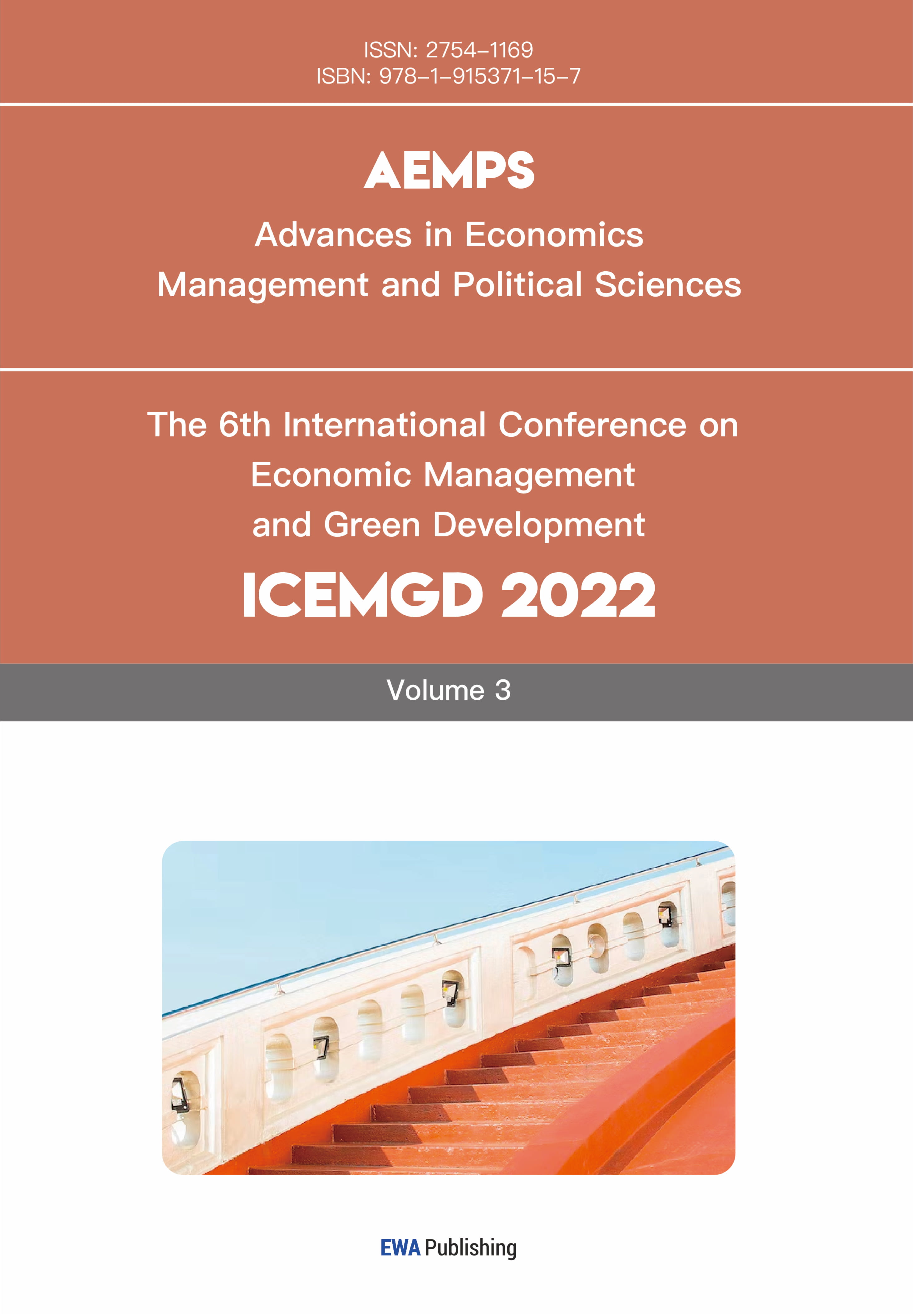References
[1]. Alao, D. A. B. A., & Adeyemo, A. B. (2013). Analyzing employee attrition using decision tree algorithms. Computing, Information Systems, Development Informatics and Allied Research Journal, 4(1), 17-28.
[2]. Tolles, J., & Meurer, W. J. (2016). Logistic regression: relating patient characteristics to outcomes. Jama, 316(5), 533-534.
[3]. Tu, J. V. (1996). Advantages and disadvantages of using artificial neural networks versus logistic regression for predicting medical outcomes. Journal of clinical epidemiology, 49(11), 1225-1231.
[4]. Myles, A. J., Feudale, R. N., Liu, Y., Woody, N. A., & Brown, S. D. (2004). An introduction to decision tree modeling. Journal of Chemometrics: A Journal of the Chemometrics Society, 18(6), 275-285.
[5]. Mahesh, B. (2020). Machine learning algorithms-a review. International Journal of Science and Research (IJSR). [Internet], 9(1), 381-386.
[6]. Ho, T. K. (1995, August). Random decision forests. In Proceedings of 3rd international conference on document analysis and recognition (Vol. 1, pp. 278-282). IEEE.
[7]. Imandoust, S. B., & Bolandraftar, M. (2013). Application of k-nearest neighbor (knn) approach for predicting economic events: Theoretical background. International journal of engineering research and applications, 3(5), 605-610.
[8]. Srivastava, P. R., & Eachempati, P. (2021). Intelligent employee retention system for attrition rate analysis and churn prediction: An ensemble machine learning and multi-criteria decision-making approach. Journal of Global Information Management (JGIM), 29(6), 1-29.
[9]. Frye, A., Boomhower, C., Smith, M., Vitovsky, L., & Fabricant, S. (2018). Employee attrition: what makes an employee quit?. SMU Data Science Review, 1(1), 9.
[10]. Fallucchi, F., Coladangelo, M., Giuliano, R., & William De Luca, E. (2020). Predicting employee attrition using machine learning techniques. Computers, 9(4), 86.
[11]. Jain, P. K., Jain, M., & Pamula, R. (2020). Explaining and predicting employees’ attrition: a machine learning approach. SN Applied Sciences, 2(4), 757.
[12]. Jain, R., & Nayyar, A. (2018, November). Predicting employee attrition using xgboost machine learning approach. In 2018 international conference on system modeling & advancement in research trends (smart) (pp. 113-120). IEEE.
[13]. Conte, J. M., Heffner, T. S., Roesch, S. C., & Aasen, B. (2017). A person-centric investigation of personality types, job performance, and attrition. Personality and Individual Differences, 104, 554-559.
[14]. Buckland, M., & Gey, F. (1994). The relationship between recall and precision. Journal of the American society for information science, 45(1), 12-19.



